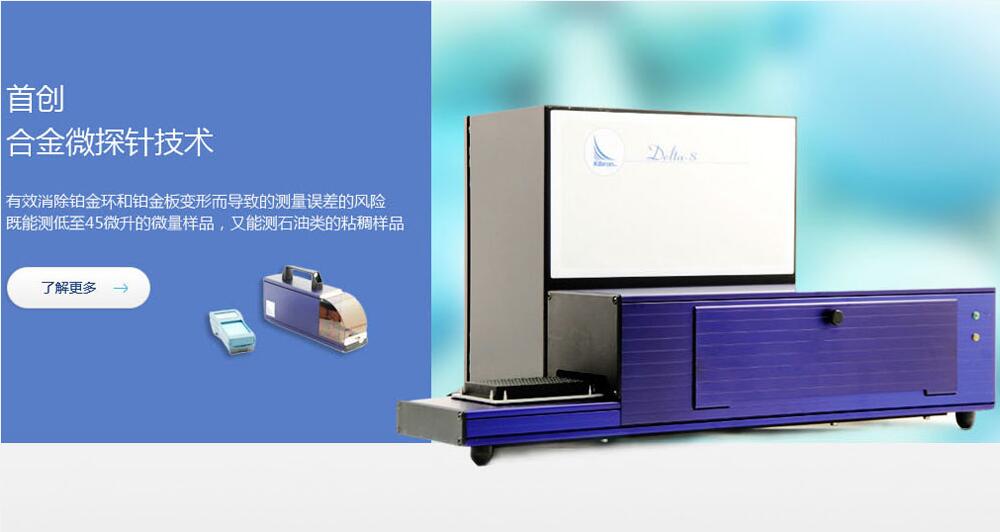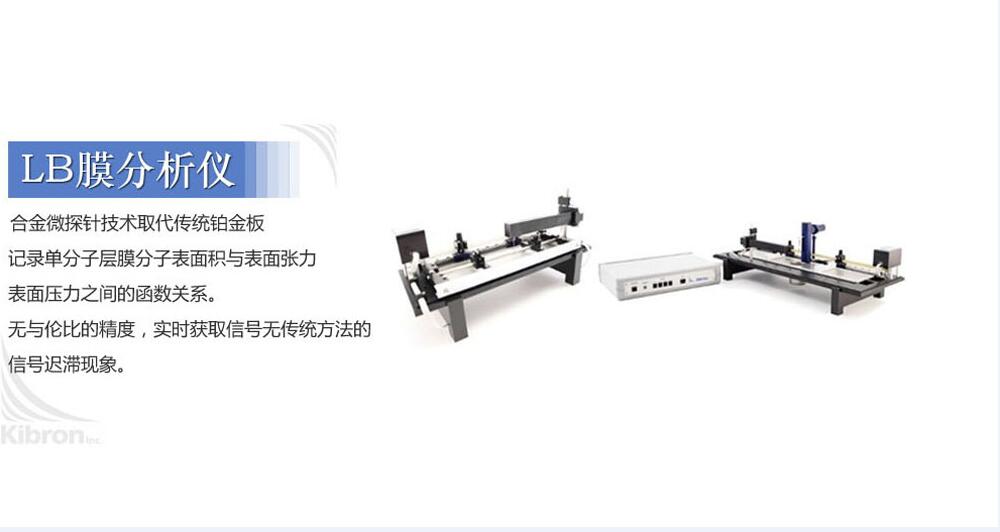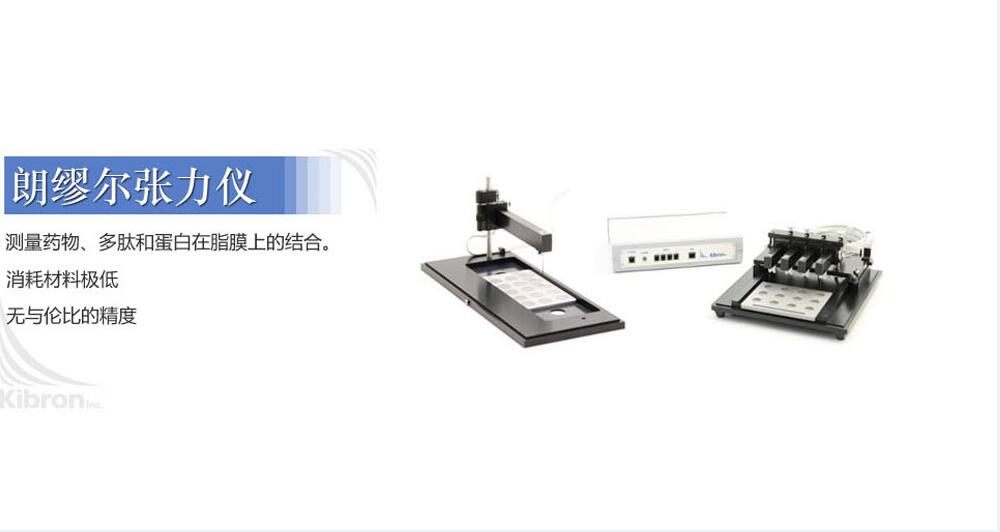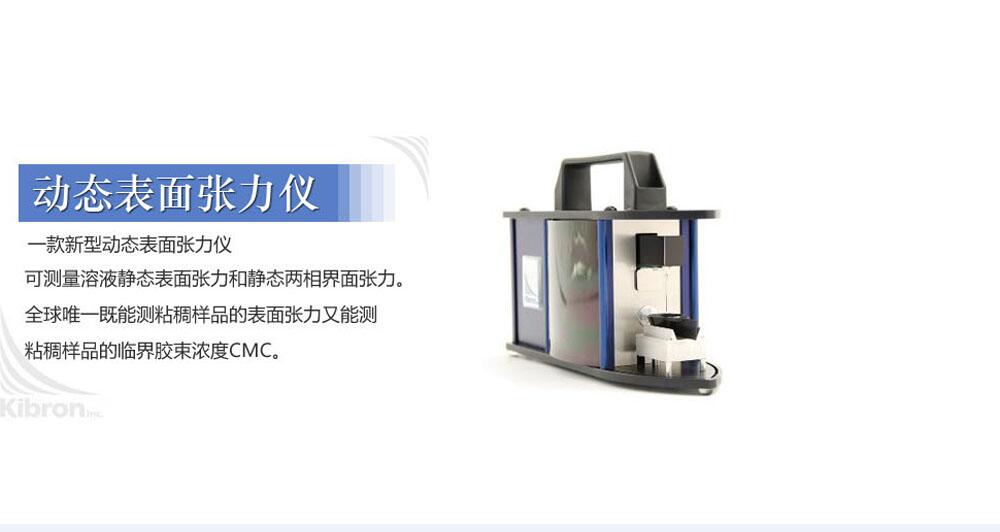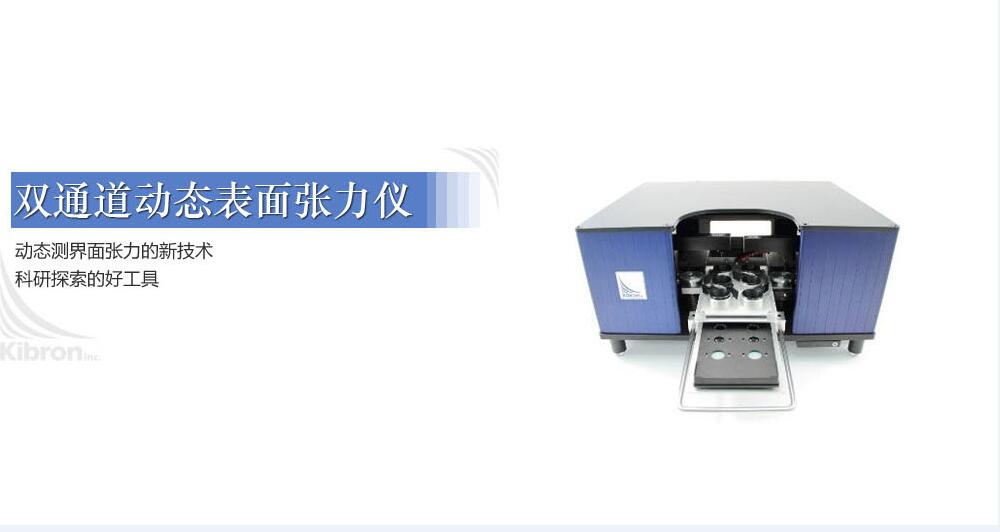合作客户/
拜耳公司 |
同济大学 |
联合大学 |
美国保洁 |
美国强生 |
瑞士罗氏 |
相关新闻Info
推荐新闻Info
-
> 界面流变仪可以测量液体表面张力吗?界面流变仪与界面张力仪区别解析
> 测量表面张力/界面张力的仪器有哪些?怎么选
> PG脱酰胺添加量对玉米醇溶蛋白气-水动态表面张力的影响
> 芬兰Kibron表面张力仪使用指南【专业版】
> 平面流动皂膜表面张力系数、厚度和流动速度实验装置及测量方法(二)
> 平面流动皂膜表面张力系数、厚度和流动速度实验装置及测量方法(一)
> 单层膜界面上亚微米颗粒表面张力阻力系数修正——颗粒在单层膜上的阻力系数
> 单层膜界面上亚微米颗粒表面张力阻力系数修正——膜的性质及实验方法
> 单层膜界面上亚微米颗粒表面张力阻力系数修正——摘要、引言
> Kibron超微量天平在生物医药研究领域应用实例
稻叶表面特性及雾滴在倾角稻叶上的沉积行为
来源:中国农业科学 浏览 1876 次 发布时间:2022-10-13
徐广春,顾中言,徐德进,许小龙
目的研究水稻叶片的表面特性和有机硅助剂Silwet-408溶液的单个雾滴在30°、45°和60°3个倾角水稻叶片正、反面的行为,以期为农药雾滴对靶叶面滞留控制机制提供依据。方法利用扫描电镜观察水稻叶片的表面特性,并通过Zisman图法测定稻叶的临界表面张力。同时测定0、3.91、7.81、15.63、31.25、62.50、125.00和250.00 mg·L-18个浓度的Silwet-408溶液的表面张力后,利用表面张力法测定出Silwet-408的临界胶束浓度,并借助于接触角测量仪测定8个溶液的单个雾滴在3个倾角水稻叶片上的接触角。
结果电镜观察发现水稻叶片正、反面存在3种类型的绒毛,同时表面布满了乳头状的突起,其密度分别为(12.4±0.7)×103和(7.6±0.8)×103个/mm2且差异显著;气孔长度和气孔密度间均无显著差异。Silwet-408的临界胶束浓度为78.5 mg·L-1,与之相对应的溶液的表面张力为20.77 mN·m-1。水稻叶片正、反面的临界表面张力估值分别为29.90和31.22 mN·m-1。在所测定的溶液中,浓度为0、3.91、7.81 mg·L-1溶液的表面张力大于稻叶的临界表面张力且Silwet-408浓度小于临界胶束浓度,这3个浓度溶液的雾滴将直接从不同倾角水稻叶片上滚落。
浓度为15.63、31.25、62.50 mg·L-1溶液的表面张力小于稻叶的临界表面张力且Silwet-408浓度小于临界胶束浓度,15.63和31.25 mg·L-1溶液的雾滴在倾角较低时(30°)能黏附叶片上,较高时(60°)滚落;62.50 mg·L-1溶液的雾滴能黏附在稻叶上,不同倾角间的接触角变化率和润湿滞后存在差异;125.00和250.00 mg·L-1溶液的表面张力小于稻叶的临界表面张力且Silwet-408浓度大于临界胶束浓度,这2个溶液的雾滴均能黏附在不同倾角的水稻叶片上,40 s后的接触角变化率和润湿滞后无显著差异。不同倾角稻叶上雾滴的前进角(θa)和后退角(θr)的分析结果表明θa总是大于θr,在40 s的测定时间内,随时间延迟θa和θr总是逐渐减少。
结论稻叶的强疏水性主要归因于其表面布满了包被着蜡质的乳头状突起,同时这还可能与其叶表面的毛长和气孔密度密切相关。水稻叶面为低能叶面。只有Silwet-408溶液的表面张力小于稻叶的临界表面张力且溶液中的Silwet-408浓度达到临界胶束浓度才能使雾滴很好的黏附在不同倾角的稻叶上并润湿展布;过低浓度的溶液的雾滴由于较大的表面张力易从不同倾角的稻叶上滚落。Silwet-408溶液的雾滴在不同倾角叶片上的θa大于θr形成的润湿滞后说明了稻叶表面的粗糙,而这种粗糙与稻叶表面存在的高密度乳突密切相关。
Characteristics of Rice Leaf Surface and Droplets Deposition Behavior on Rice Leaf Surface with Different Inclination Angles
XU Guang-chun,GU Zhong-yan,XU De-jin,XU Xiao-long
Scientia Agricultura Sinica,2014,47(21):4141-4154
Objective]In order to provide a basis of mechanisms controlling retention of pesticide droplets on target leaf,characterization of rice leaf surface and behavior analysis of single droplets of trisiloxane surfactant(Silwet-408)solutions on rice leaf surface with different inclination angles were studied.[Method]Scanning electron microscope(SEM)was used for observation of rice leaf surface characteristics and the critical surface tension(CST)of rice leaf was determined by Zisman method.Surface tension of Silwet-408 solutions at concentrations of 0,3.91,7.81,15.63,31.25,62.50,125.00 and 250.00 mg·L-1 was measured and the critical micelle concentration(CMC)of Silwet-408 was also measured according to the change of surface tension of Silwet-408 solutions.Then the contact angle of a single droplet on the rice leaf surface with 3 inclination angles was determined by contact angle meter.[Result]SEM images showed that 3 types of hairs and densely covered papillae were observed on both the adaxial and abaxial sides of rice leaf.Densities of papillae,with significant difference between the adaxial and abaxial rice leaf surface,were((12.4±0.7)×103)and((7.6±0.8)×103)/mm2,respectively.In contrast,no significant differences in stomatal length or stomatal density were found.The CMC of Silwet-408 was 78.5 mg·L-1 and surface tension value of correspondingsolution at CMC was 20.77 mN·m-1.The estimated CST values of the adaxial and abaxial rice leaf surface were 29.90 and 31.22 mN·m-1,respectively.Among the measured Silwet-408 solutions,the droplets of solutions at lower concentrations(0,3.91,7.81 mg·L-1)rolled off rice leaf with different inclination angles on condition that their surface tensions were more than the CST of rice leaf and Silwet-408 concentrations were less than the CMC.Surface tensions of solutions at concentrations 15.63,31.25,and 62.50 mg·L-1 were less than the CST of rice leaf and Silwet-408 concentrations were less than the CMC.Droplets of solutions at concentrations 15.63 and 31.25 mg·L-1 adhered to rice leaf with lower inclination angle(30°).On the contrary,droplets rolled off rice leaf with higher inclination angle(60°).Droplets of solutions at 62.50 mg·L-1 adhered to rice leaf and significant differences existed in decreasing speed ofθvariation and wetting hysteresis.The droplets of solutions at higher concentrations of 125.00 and 250.00 mg·L-1 adhered to rice leaf with different inclination angles on condition that their surface tensions were less than the CST of rice leaf and Silwet-408 concentrations were more than the CMC.After 40 s,no significant differences were observed in decreasing speed ofθvariation and wetting hysteresis.Analysis results of advancing and receding angles on rice leaf surface with different inclination angles showed that advancing angles(θa)were larger than receding angles(θr).Within 40 s,bothθa andθr decreased gradually.[Conclusion]The higher hydrophobicity of rice leaf is mainly ascribed to densely covered wax papillae on rice leaf surface and it may be related to hair length and stomatal density of rice leaf.Rice leaf surface is low energy.When surface tensions of Silwet-408 solutions are less than the CST of rice leaf surface and the concentrations of Silwet-408 are more than the CMC,droplets would show better adhesion on rice leaf surface with different inclination angles and wetting.Because of larger surface tension,droplets of low concentration solutions on rice leaf surface with different inclination angles are easier to roll off.Thatθa of droplets of Silwet-408 solutions on rice leaf surface with different inclination angles are always larger thanθr illustrates wetting hysteresis.The phenomenon of wetting hysteresis indicates that rice leaf surface is rough and roughness is closely related to densely covered papillae on rice leaf surface.
